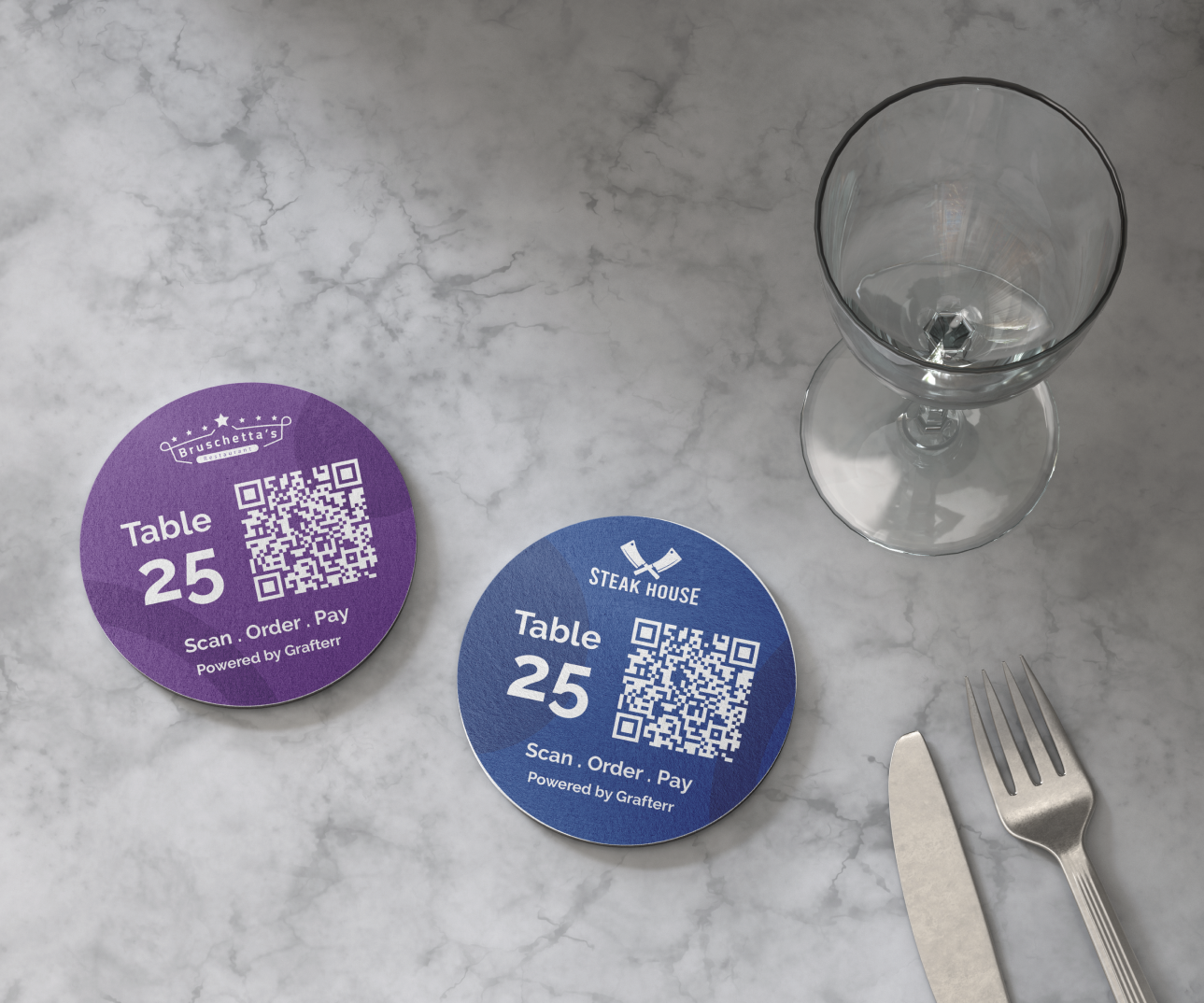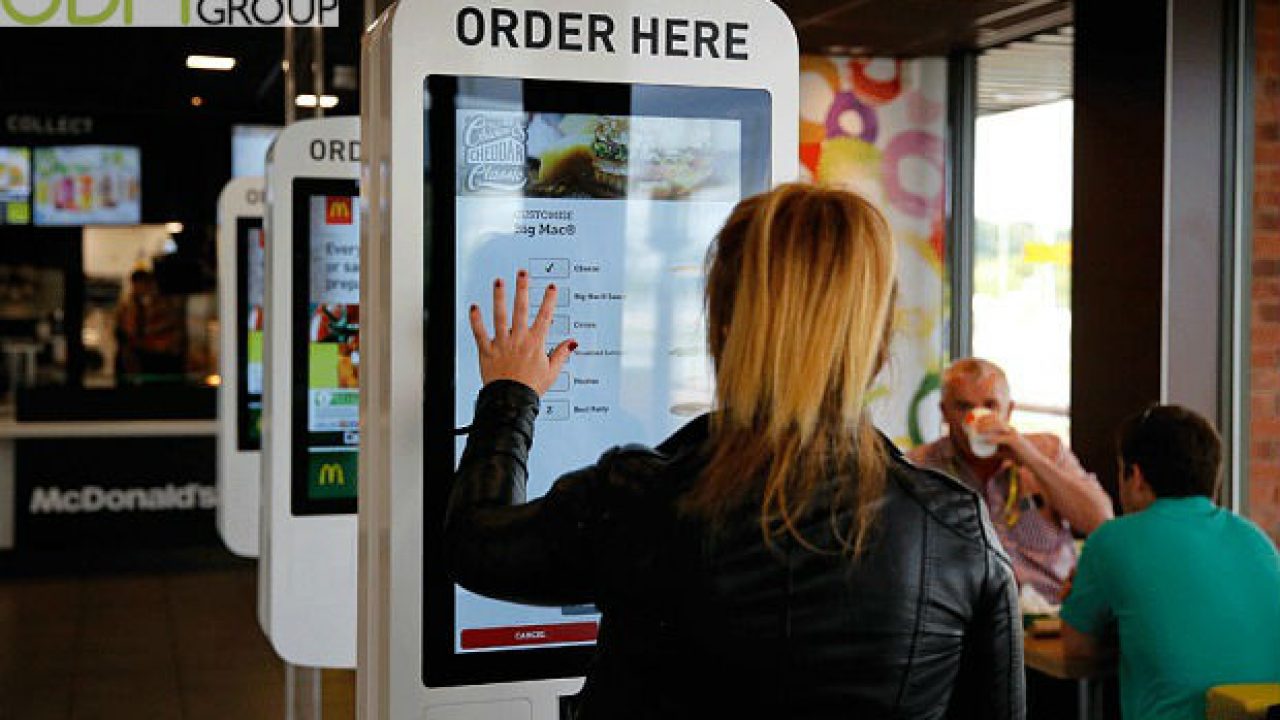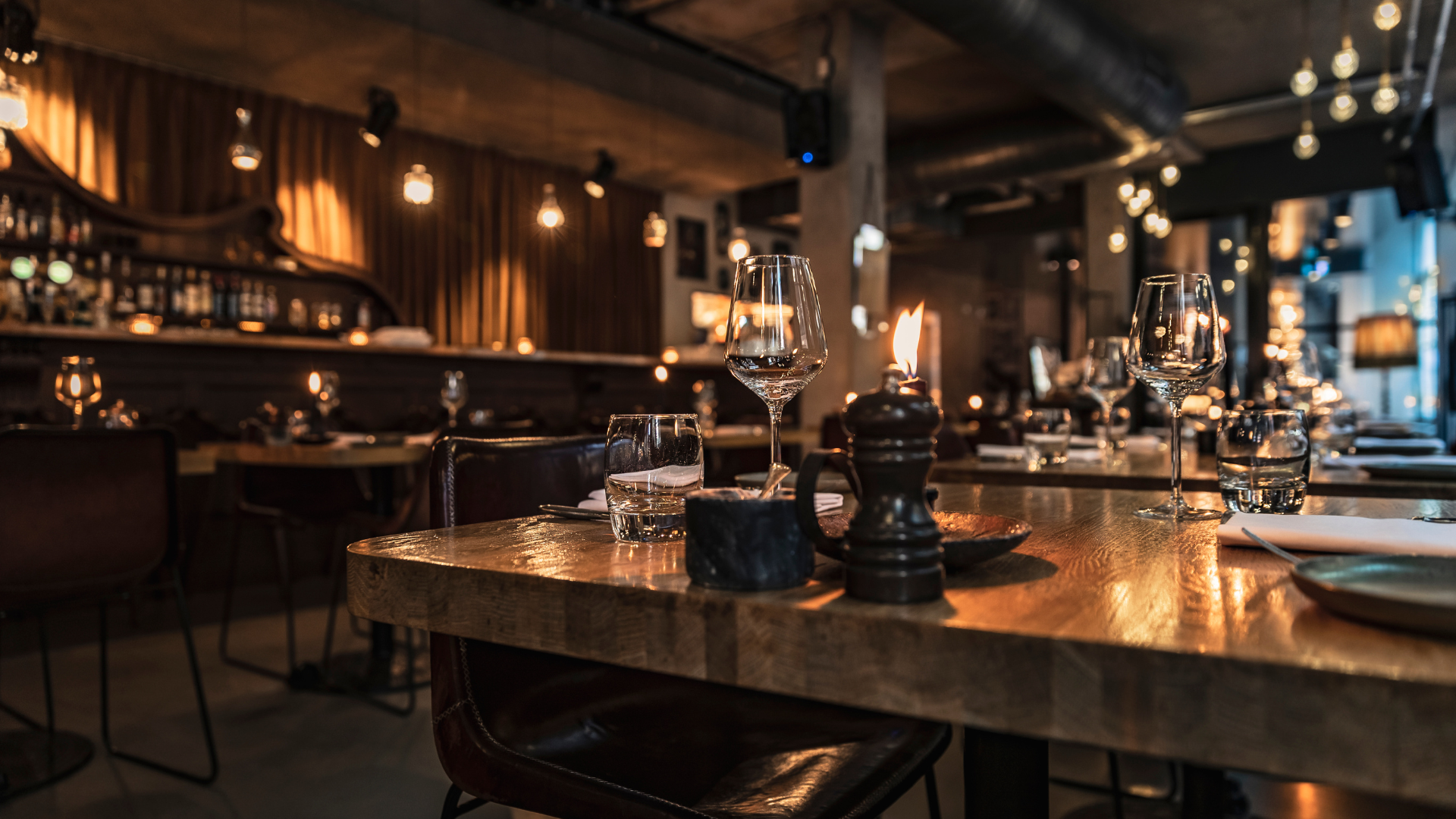The advent of QR code menus in restaurants has sparked a variety of opinions. While some view them as a technological step forward, others are skeptical, leading to myths about widespread dislike. Let’s explore the realities behind these perceptions.
The QR ordering menus experienced a significant boom during the COVID-19 pandemic, primarily as a response to the need for reduced human interaction within restaurants.
With health and safety protocols necessitating minimal contact between staff and customers, QR codes emerged as an innovative solution to maintain service efficiency while adhering to social distancing guidelines.
The technology allowed guests to view menus, place orders, and even make payments directly from their smartphones, significantly limiting physical contact points and reducing the risk of virus transmission.
This shift not only addressed immediate health concerns but also introduced a new level of convenience and speed to the dining experience, reshaping customer expectations around service and safety.
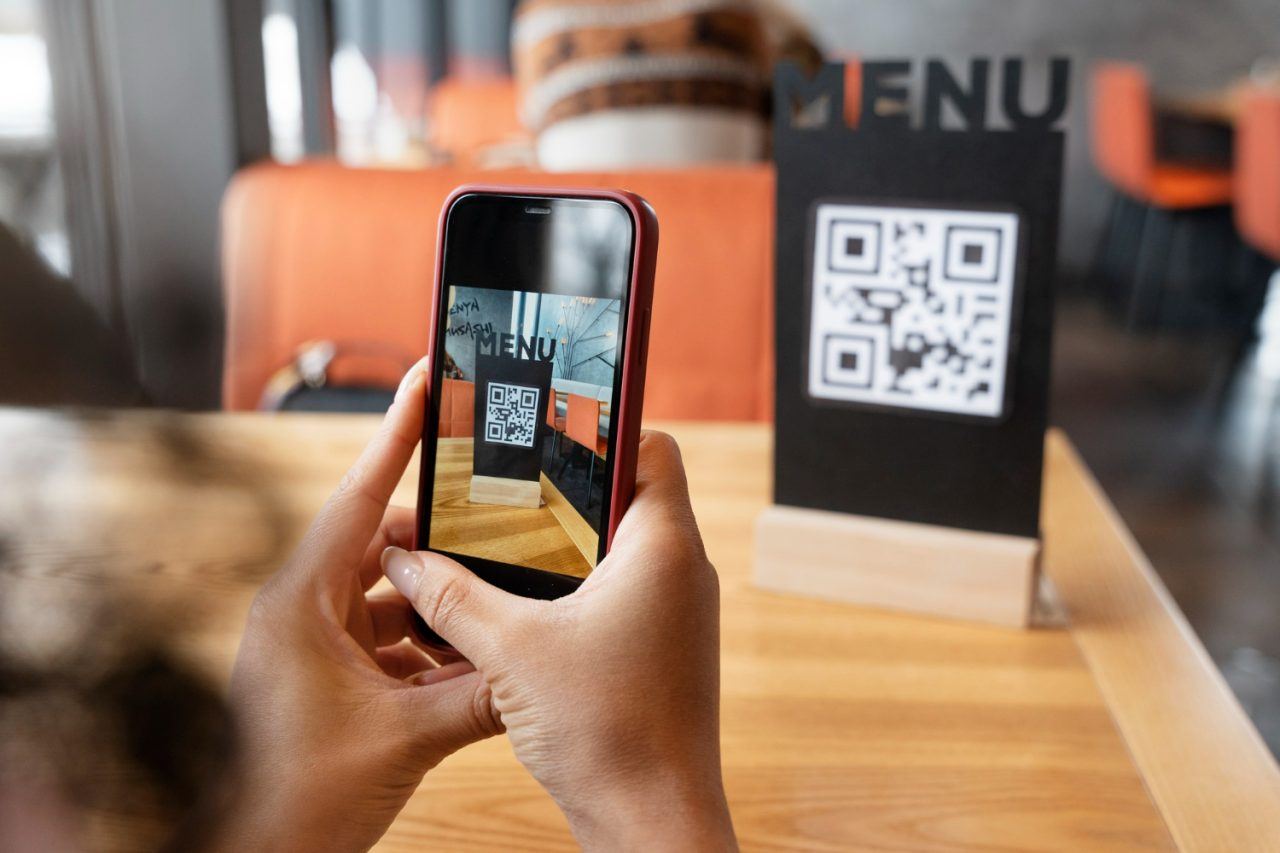
Furthermore, the pandemic highlighted the adaptability and resilience of the restaurant industry, with QR ordering menus playing a pivotal role in this transformation.
Establishments that swiftly adopted QR technology were able to continue operations under strict regulations, offering a safer alternative to traditional dining practices.
This period of forced innovation demonstrated the potential of digital tools to enhance operational efficiency and customer satisfaction.
As a result, what began as a temporary measure to combat health risks has evolved into a lasting trend, with many consumers and businesses alike recognizing the benefits of QR ordering systems beyond the context of the pandemic.
The widespread acceptance and continued use of QR code menus underscore a broader shift towards digital integration in the restaurant industry, marking a significant moment of change propelled by unprecedented global circumstances.
Understanding the resistance
Initially, the shift to QR code menus met with some resistance. Traditionalists argue that physical menus offer a tactile experience that digital alternatives cannot replicate.
Furthermore, there’s a belief that older generations may struggle with the technology, suggesting a digital divide.
However, this resistance often stems from the novelty rather than an inherent dislike. As with any change, adaptation takes time.
Moreover, the assumption that older diners struggle with technology underestimates their ability to engage with digital innovations.
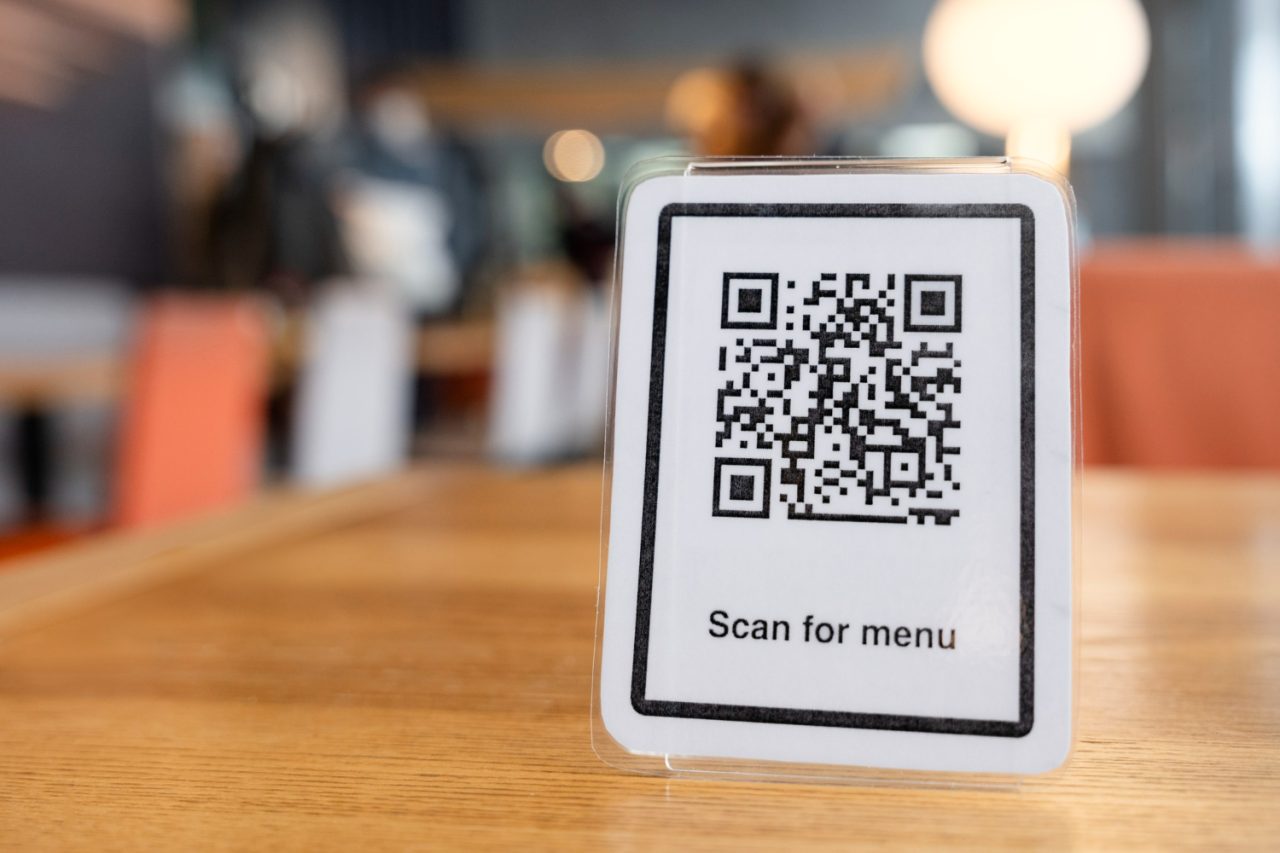
The advantages shine through
The benefits of QR code menus are becoming increasingly apparent. They offer dynamic flexibility, allowing restaurants to update their offerings in real time without the need for costly reprints.
This adaptability is essential in responding to supply chain fluctuations or changing dietary trends.
Additionally, QR codes can enhance the dining experience by providing detailed dish descriptions, ingredient lists, and even pairing suggestions, all accessible with a simple scan.
This level of information, difficult to achieve with traditional menus, caters to the growing demand for transparency in dining.
Bridging the gap
To address concerns of accessibility, many establishments now offer assistance for those unfamiliar with QR codes, ensuring no one is excluded from the dining experience. Restaurants have also started to blend digital and physical experiences, offering QR codes alongside limited printed menus for those who request them.
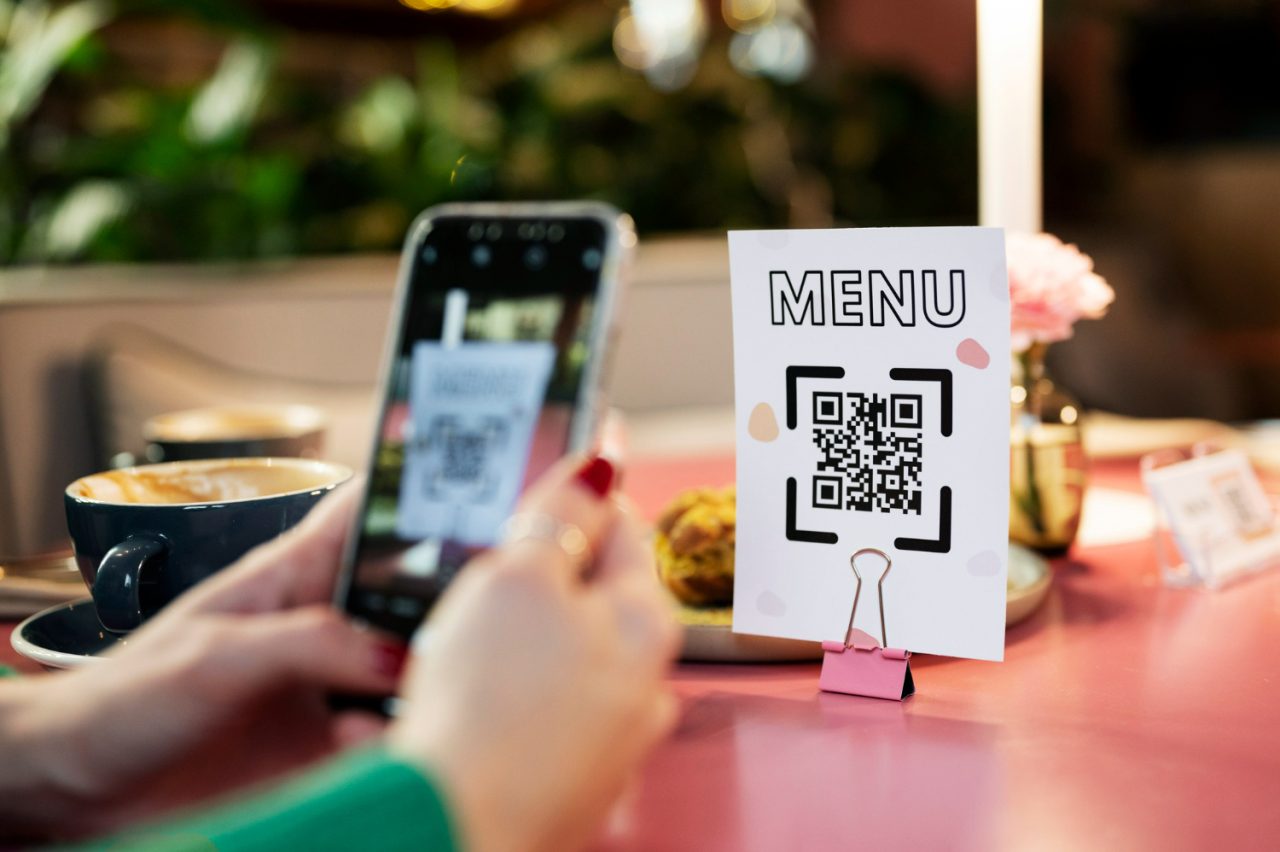
The verdict
The narrative that people universally dislike QR code menus doesn’t hold up against scrutiny. While there’s a period of adjustment, the convenience, flexibility, and enhanced informational capacity of QR codes offer significant advantages.
As the public becomes more accustomed to digital interactions in their daily lives, the acceptance of QR code menus is growing, proving that this innovation is more of an evolution in dining than a detour.
In conclusion, rather than dismissing QR code menus as a passing fad, it’s worth considering them as part of the dining landscape’s natural progression.
As we move forward, the integration of technology in our dining experiences seems not just inevitable but beneficial, paving the way for a more informed, adaptable, and engaging way to dine.
